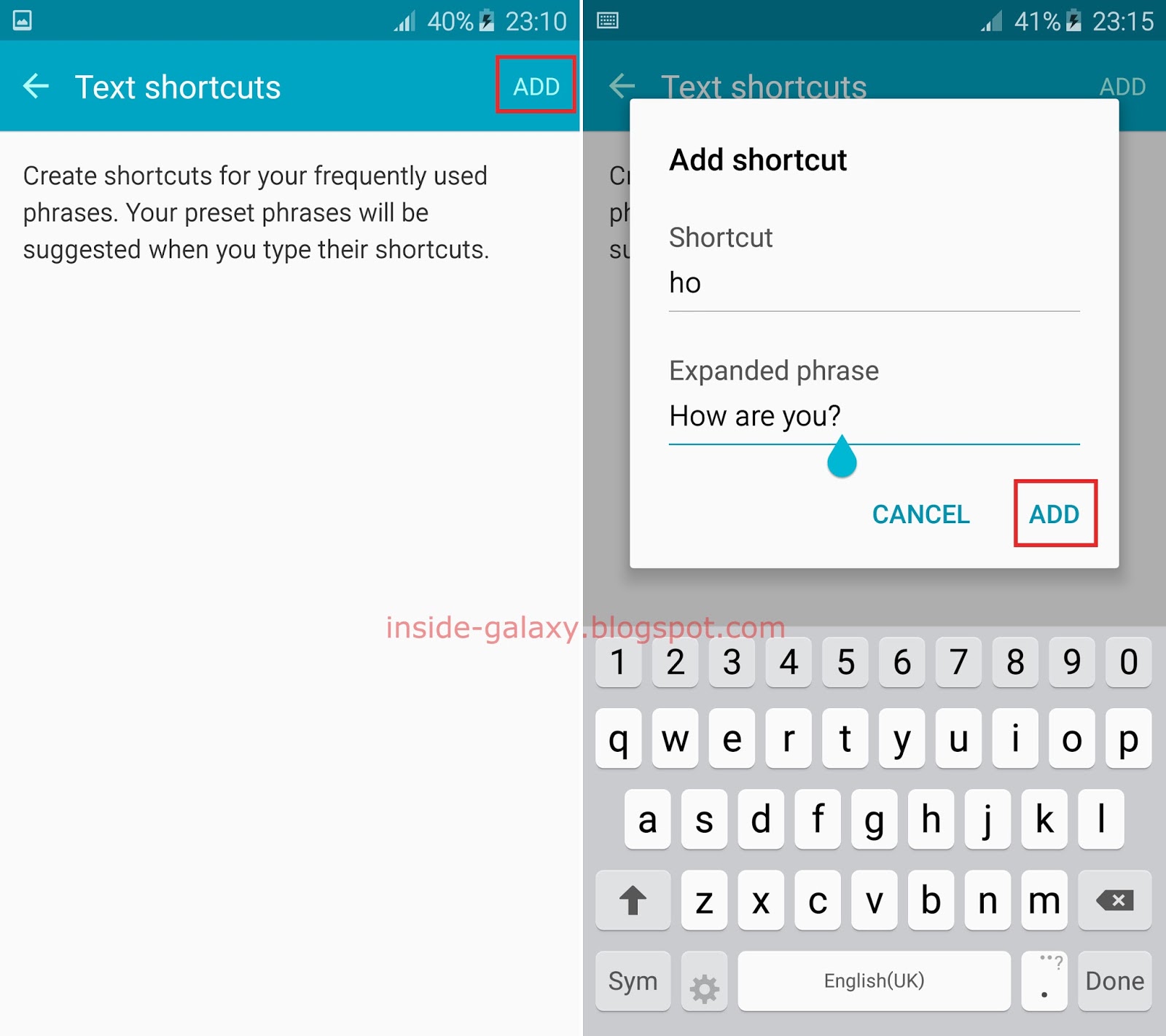

This does not block Settings features, but only prevents their display in the Settings panel.See the Enable/Disable Apps feature for more information. The System settings app must be explicitly enabled in advance to make use of this setting.A setting of 0 permits user access to all device settings. A setting of 1 (default) or if left unspecified limits user access to Display and Sound settings and the "About phone" panel.
#REMOVE ANDROID SHORTCUT BAR FULL#
Zebra recommends manually returning USB Debugging to its desired state before uninstalling EHS.Ĭontrols whether full or limited settings are available when the device is in Admin or User Mode. A setting of 1 (default) or if left unspecified will prevent user access to the file system and all ADB functionality on the device.

To prevent this issue, use the Screen Lock Type parameter of DevAdmin CSP and disable the lock screen by selecting the "None" option.Ĭontrols whether the Search app is accessible from the Keyguard screen (also known as the "Lock Screen") when the screen lock is set to "Swipe" mode. On some devices running Nougat (except TC20/TC25), disabling access to the camera and/or search apps from the lock screen also might disable them from the User-Mode screen, even if camera/search usage is permitted on the device.Display of the camera app icon on the Admin home screen can be delayed by as much as five seconds after unlocking the screen following a configuration change.If no camera shortcut exists on the device lock screen, use of this tag is not required.To prevent use of the camera, Zebra recommends using this tag and removing the camera app from the User Mode screen.The camera icon is visible on the Keyguard screen.The camera app is enabled on the device.The Keyguard camera is disabled only if all of the following conditions are true: Camera access from the Keyguard screen is disabled if this tag has a value of 1 (default) or is left unspecified. Use DevAdmin through Zebra EMDK or StageNow tools.Ĭontrols whether the device camera is accessible from the Keyguard screen (also known as the "Lock Screen") when the screen lock is set to "Swipe" mode. Use Power Key Manager through Zebra EMDK or StageNow tools. This feature is obsolete, and has been removed from EHS 3.0 and higher. Automatic device reboot is disabled by default.

Permits Mobile Device Management (MDM) systems to maintain device control following installation. See Shortcuts and Intents for more information.Ĭontrols whether the device will automatically reboot when EHS is launched for the first time after a successful installation, a requirement to activate EHS. Controls whether shortcuts to local apps or websites can be added programmatically. For shortcuts in Oreo devices, see Pinned Shortcuts, below.Īpplies to Oreo devices only. See Shortcuts and Intents for more information. For more information, see the Special Features section.Īpplies to Marshmallow and Nougat devices only. Kiosk Mode also can be enabled/disabled programmatically from an Android application using Android Intents. Once enabled, Kiosk Mode can be disabled by pushing a new config file with its tag set to "0" if USB Debugging is enabled.


 0 kommentar(er)
0 kommentar(er)
